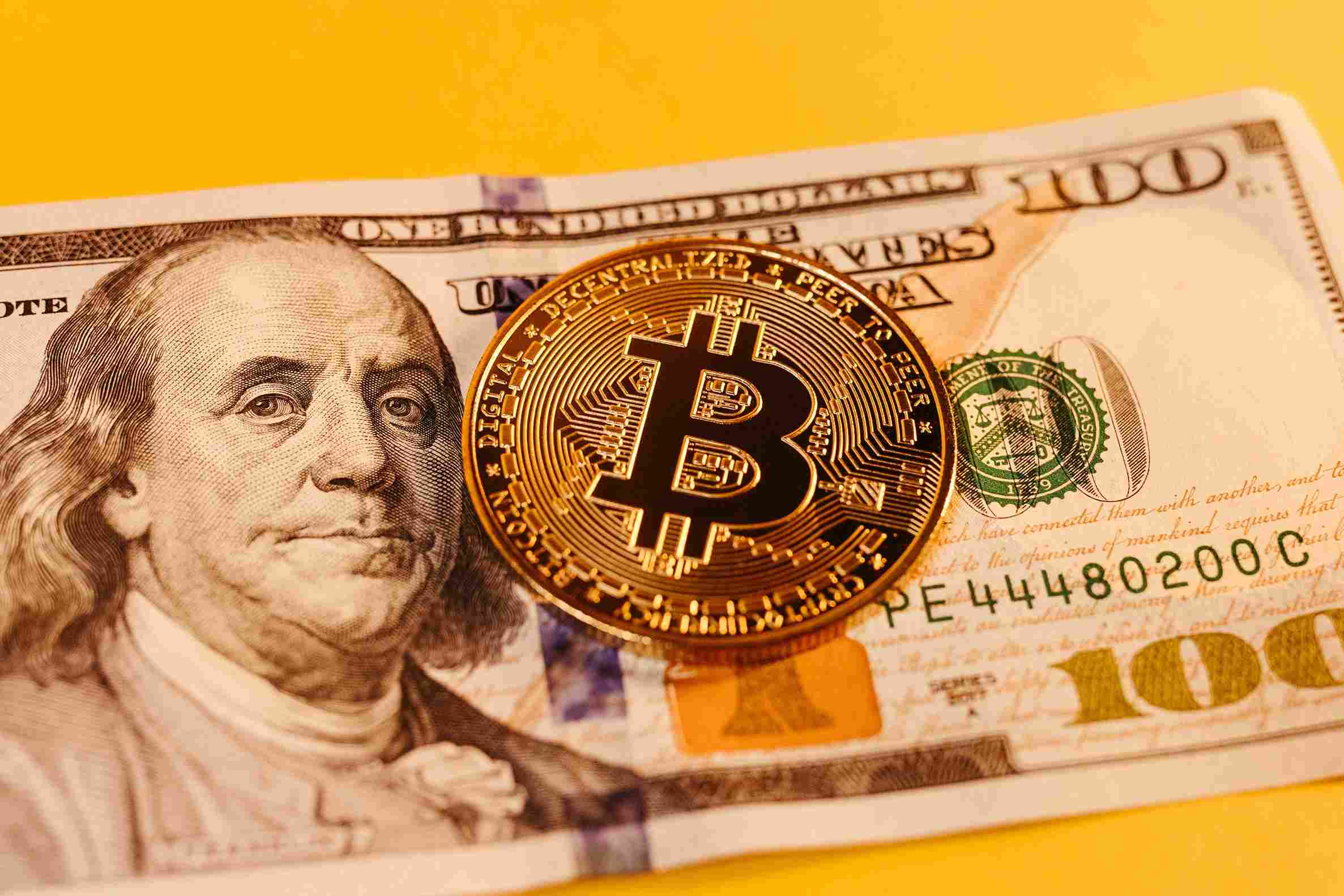Welcome to the world of currency! In today’s globalized economy, we’re all familiar with traditional forms of money like paper bills and metal coins. But in recent years, a new form of money has emerged: cryptocurrency. With its rapidly growing popularity, it’s easy to forget that there are still trillions of dollars in circulation around the globe as fiat currencies. So what is fiat currency? And how does it differ from crypto? Let’s dive into this fascinating topic What Is Fiat Currency? How Does It Differ From Crypto? and explore the ins and outs of these two very different types of money.
What is fiat currency?
It is a national currency that is not backed by a physical commodity, such as gold or silver. The value of a fiat currency is based on the faith and credit of the issuing government. Fiat currencies are also referred to as paper money or representative money.

How does fiat currency work?
Fiat currency is a type of money that is not backed by any physical asset. Instead, it is based on the faith and credit of the issuer. Fiat money is also referred to as paper money or token money. It has no intrinsic value and is not redeemable for anything else.
The value of fiat currency is derived from the relationship between supply and demand rather than the value of the material that it is made from. For example, a dollar bill has very little intrinsic value; its value comes from what someone is willing to pay for it in exchange for goods or services.
Fiat currencies are usually issued by governments and regulated by central banks. The government declares that the currency is legal tender and can be used to pay taxes. Central banks are responsible for managing the country’s monetary policy and ensuring that the currency maintains its stability.
Fiat currencies are not backed by any physical commodity, so their value can fluctuate wildly. This makes them susceptible to inflationary pressures and can lead to economic instability.
What is “cryptocurrency”?
Cryptocurrency is a digital or virtual form of currency designed to operate as a medium of exchange. It relies on cryptography for the purpose of verifying and securing transactions, as well as for creating new coins. These entries in a database are immutable unless certain criteria have been met.
Cryptocurrencies are decentralized so as to not be subject to control from either governments or financial institutions. Bitcoin was the original cryptocurrency, released in 2009, and subsequently several others have emerged which go by the name ‘altcoins’ (a mash up of ‘alternative’ and ‘coin’).
Bitcoin and other cryptocurrencies are used by criminals as an alternative to traditional fiat currency. A fiat currency is a legal tender that is backed by the government that issued it. An example is the US dollar. In contrast, crypto assets do not have any intrinsic value and are not accepted as legal tender.
Cryptocurrencies are also often traded on decentralized exchanges (DEXs), which are websites that allow users to buy and sell cryptocurrency without the need for a central authority. Decentralized exchanges are attractive to criminals because they provide anonymity and can be used to launder money.
How do fiat and crypto currencies differ?
The term fiat currency refers to a government-issued currency that is not backed by a physical commodity, while cryptocurrency refers to a digital or virtual currency that is protected by cryptography. A major difference between the two is that fiat currency is regulated by central banks, while crypto currencies are decentralized. Another key difference is that fiat currencies are physical, while crypto currencies are digital.
Fiat currency is legal tender and is usually accepted by merchants. However, crypto currencies are not widely accepted by merchants. Fiat currencies can also be printed or minted and exchanged for goods and services, while crypto currencies do not have a physical form. Additionally, fiat currency is backed by the government, making it more stable than crypto currency. Cryptocurrency is volatile by nature due to its decentralized system, which means that its value can fluctuate rapidly.
The pros and cons of fiat currency
There are a few key pros and cons to fiat currency that are important to understand. On the plus side, fiat currency is more stable than cryptocurrency. It’s also more widely accepted and easier to use in day-to-day transactions.
On the downside, fiat currency is subject to inflationary pressures. Central banks can print more money at will, which can lead to higher prices for goods and services over time. Additionally, fiat currencies are not immune to geopolitical risks; if a country experiences political or economic turmoil, its currency may lose value.
The pros and cons of crypto currencies
Cryptocurrency, also known as digital currency or virtual currency, is a type of money that is only available electronically. Cryptocurrencies are not regulated by governments or financial institutions and can be used to buy goods and services online. In 2009, Bitcoin, the first and most popular cryptocurrency, was created.
Cryptocurrencies have several advantages over traditional fiat currencies. They can be used to anonymously purchase goods and services and can be sent quickly and cheaply around the world. Cryptocurrencies are also resistant to inflation, as the supply of most cryptocurrencies is capped. However, cryptocurrencies also have several disadvantages. They are volatile, meaning their price can fluctuate sharply; they are not legal tender in many countries; and their security is not guaranteed.

Which is better, fiat or crypto?
The key difference between fiat and cryptocurrency is that fiat currency is government-backed, while cryptocurrency is not. Fiat currency is legal tender whose value is backed by the government that issued it, while cryptocurrency relies on its own value.
Fiat money has been around for centuries, while crypto has only existed since 2009. So, it’s no surprise that there are more regulatory bodies overseeing fiat currencies than cryptocurrencies. For this reason, some people view fiat as more stable and reliable than crypto.
However, others believe that cryptocurrencies will eventually replace fiat currencies altogether. They argue that crypto is more efficient, secure, and transparent than fiat. What’s more, crypto can be used to make payments anonymously – something that’s not possible with fiat currencies.
Conclusion
In conclusion, the differences between fiat currency and crypto are becoming increasingly apparent. Fiat currencies are government-backed and rely on trust in the issuing institution to hold value, while cryptocurrencies are decentralized digital assets that use blockchain technology to track transactions. While both types of currency offer unique benefits depending on individual needs and preferences, it is important for individuals to understand their values before investing.
